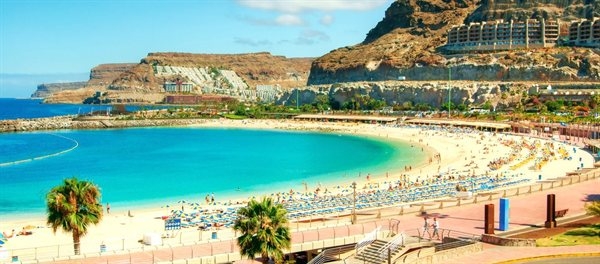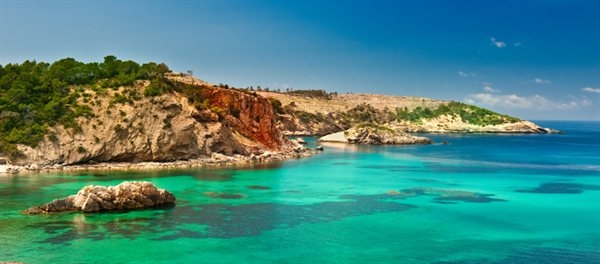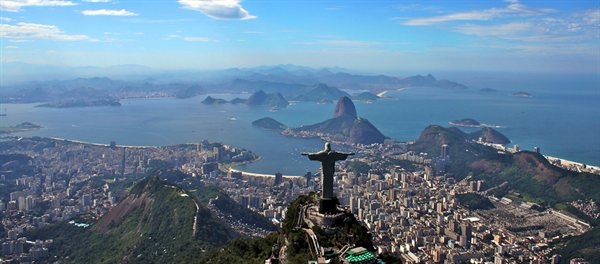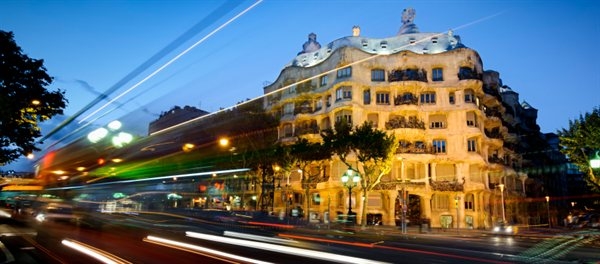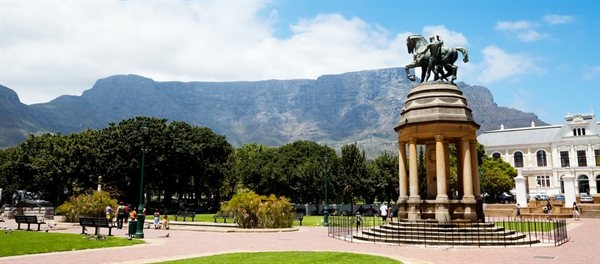
Cape Town is the legislative capital of South Africa and the oldest city in the country, founded in 1652 on the shores of the Cape of Good Hope as a supply point for the ships of the Dutch East India Company. Historically it was also the first European settlement in Africa.
Dominated by the majestic Table Mountain, from whose flat top you can enjoy a splendid view (you can also go by cable car), the peninsula has the most beautiful beaches of South Africa (above all, Clifton and Camps Bay) and lush vegetation.
Cape Town is an intriguing mix of Europe and Africa, but it has its own identity. In recent years there has been a great development of tourism and trade, which saw the birth of the Waterfront, the lively harbor area, completely renovated and became the hub of city life.
The most popular time for visitors is the summer, from October to March, from August to November, you can spot whales and dolphins up close.
What to visit
The Castle of Good Hope was built in 1666 and is one of the oldest European fort in Africa.
The South African Museum has reconstructions of dinosaurs and a large collection of natural history.
The area of the Victoria and Alfred Waterfront (with a new aquarium) is a tourist attraction irresistible.
The main districts of Cape Town (information from Wikipedia, under Cape Town):
Adderley: on this road, which passes through the upper part of the city from north to south, through the botanical gardens Company's Gardens, overlooking most of the museums and many historical buildings.
Central: the area of the Central develops around St. George's Mall and is full of shopping malls and offices.
Bo-Kaap: the Bo-Kaap Malay Quarter, which stretches from the slopes of Signal Hill, is characterized by a number of mosques and low houses of the early nineteenth century, painted in bright colors.
Waterfront: the dock of the Victoria & Alfred Waterfront is one of the most popular tourist destinations of the city, there is a maritime museum and the Two Oceans Aquarium, where you can admire the marine life of the Atlantic and Indian Oceans.
Observatory: Located in the south of the city, this district is the cultural heart of Cape Town, frequented by artists and students. It is close to campuses Groote Schurr, where Barnard carried out the first heart transplant in the world.
Kirstenbosch: Kirstenbosch Botanical Gardens, located on the east side of Table Mountain, is a green area of 530 hectares. In this garden are cultivated almost 10,000 species of plants.
Constantia is the most exclusive area of the city. Alternate villas (some of which are added to the museum) and vineyards.
The township: are the poor neighborhoods where they live the blacks remained at the margins of society. The townships of Cape Town is located in the area of the Cape Flats. Khayelitsha, Guguletu, Mitchell's Plain, Athlone and Atlantis are the suburbs where there are public housing and elsewhere in the Flats extend the so-called squatter camps, the slum

